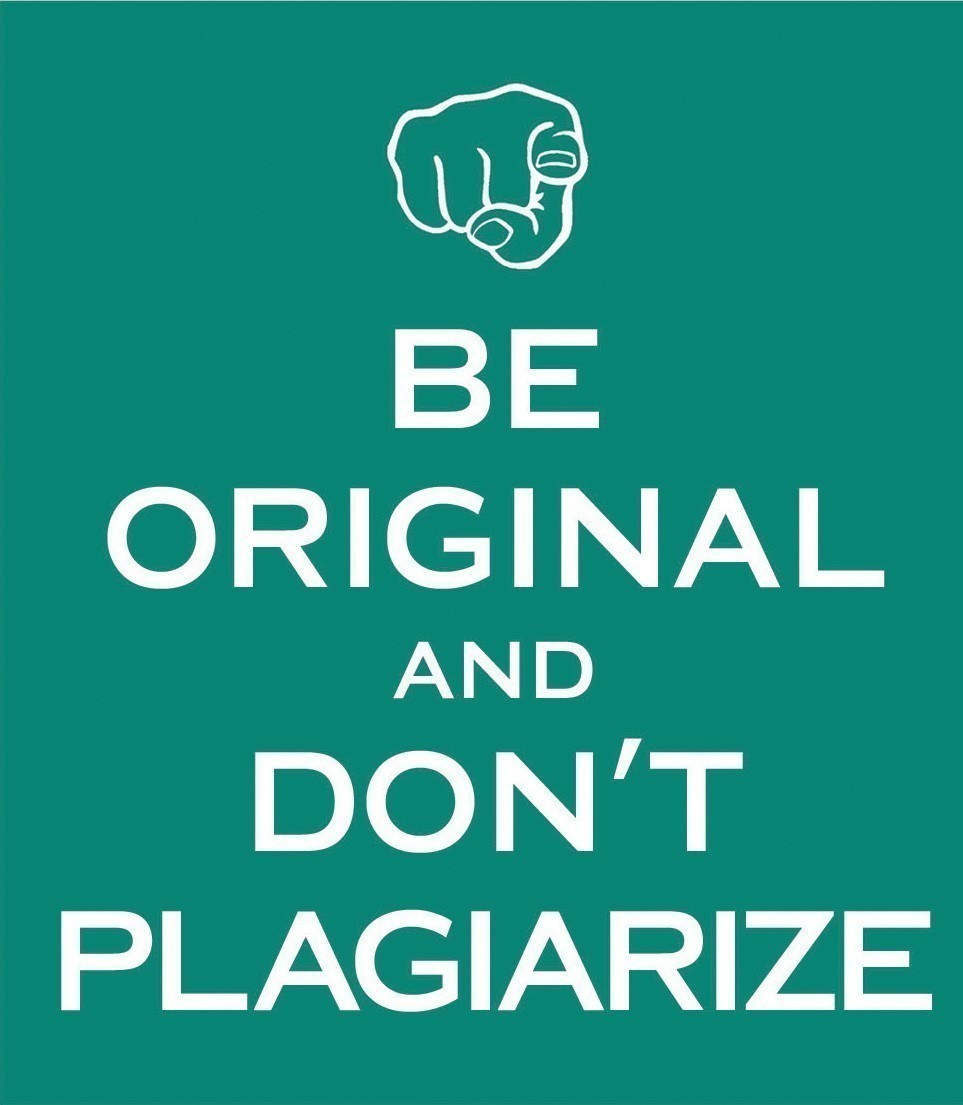
Citation: A notation in your paper that properly credits the original source.
Citation Styles: Prescribed formats for citing your sources.
Common knowledge: Widely known, undisputed facts that appear in a variety of sources (i.e. March 17th is St. Patrick's Day).They do not require citations.
Copyright: Laws that establish ownership of original work for a certain time period, allowing the original creator to profit and receive recognition for his/her work, and prevent others from taking credit for it.
Fair Use: Certain provisions that allow the use of original works, such as for educational or non-for-profit purposes. Read more about Fair Use here.
Paraphasing: Presenting original ideas using your own words and sentence structure.
Plagiarism: Presenting ideas that are your your without crediting the orignial source
Public domain: Works which are not protected under copyright, or copyright window has expired. However, these sources must still be cited in your papers.
Summarizing: Providing a shortened version of the original using your own words/sentence structure.

DO
DON'T
(Image borrowed from Alamance Community College Libraries)
Quoting involves the exact, word-for-word use of another writer’s work into your own writing. Choose to quote an author's exact words when the phrasing is unique or strengthens your argument.

Paraphrasing involves putting a single passage or idea from a source into your own words.

Summarizing involves putting the main idea(s) into your own words, including only the main point(s) in a condensed form.

Common Knowledge does not need to be cited. This includes information that is considered well-established fact verifiable in multiple sources. It includes commonly used phrases and proverbs, historical dates, places, and events.
Charles Wright Mills was born in 1916.
Barack Obama is the 44th president of the United States.
“The early bird catches the worm.”
For more information see this "What is Common Knowledge?" Handout from Massachusetts Institute of Technology.
Savannah State University 2200 Tompkins Rd Savannah, GA 31404 Phone: (912) 358-4324 Reference Text Line: (912) 226-2479